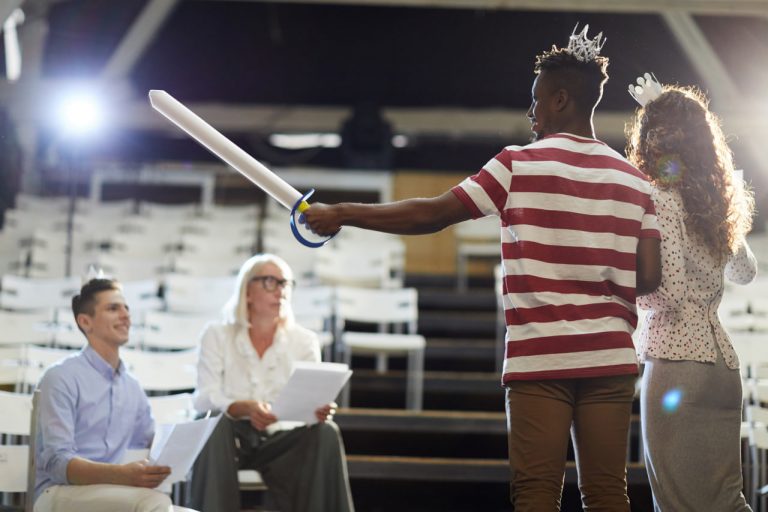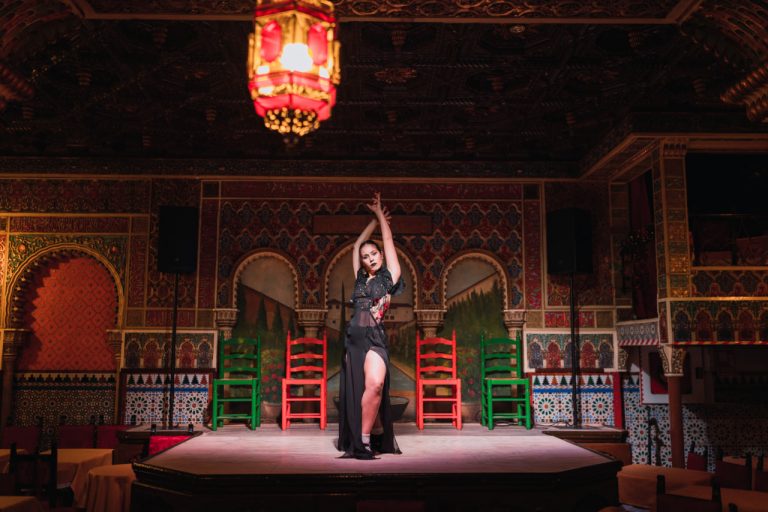Stage design is a critical element of theatrical production, shaping the visual environment and enhancing the storytelling experience. A well-designed set transports audiences into the world of the play, supports the director’s vision, and provides actors with functional and expressive spaces. Mastering the principles of stage design allows theater professionals to create immersive, dynamic, and memorable performances.
Understanding the Role of Stage Design
Stage design combines artistry and practicality, balancing aesthetics with functional requirements. Designers consider spatial arrangements, audience sightlines, lighting integration, and movement flow to craft a cohesive environment. A strong set complements the narrative, establishes mood, and reinforces character development.
Key responsibilities of a stage designer include:
- Translating the director’s vision into physical space.
- Ensuring actors can move safely and effectively on stage.
- Collaborating with lighting, sound, and costume designers to create visual harmony.
- Enhancing audience engagement through immersive environments.
By understanding the role of stage design, theater professionals can contribute to productions that are visually compelling and narratively coherent.
Planning the Set
Successful stage design begins with careful planning. Designers must analyze the script, understand the director’s vision, and anticipate the needs of actors and technical crews.
Steps in planning include:
- Script Analysis – Identify key locations, props, and scenic elements required for storytelling.
- Mood and Theme – Determine color schemes, textures, and visual motifs that support the narrative.
- Space Utilization – Optimize stage dimensions to allow movement, scene changes, and audience visibility.
Thoughtful planning ensures that the set is both functional and visually engaging, enhancing the overall impact of the performance.
Creating Immersive Environments
Immersion is a key goal in stage design. An immersive set allows audiences to feel fully engaged with the story and characters.
Techniques for creating immersive environments include:
- Layered Scenery – Use multiple levels, backdrops, and foreground elements to add depth.
- Textural Variety – Incorporate different materials and finishes to create visual interest.
- Lighting Integration – Coordinate set elements with lighting design to evoke mood and highlight action.
Immersive designs encourage audience engagement and make scenes feel real, dynamic, and emotionally resonant.
Flexibility and Adaptability
A dynamic stage design is flexible, accommodating changes in scene, lighting, and actor movement.
Considerations include:
- Modular Elements – Use movable or adjustable pieces to enable quick scene transitions.
- Practicality – Ensure props and set pieces are safe and functional for actors.
- Spatial Awareness – Maintain clear sightlines for the audience and room for actor choreography.
Flexibility allows productions to run smoothly and adapt to the practical demands of live performance.
Collaboration With the Production Team
Stage design is inherently collaborative. Designers must communicate effectively with directors, lighting and sound teams, and costume designers to create a unified visual and narrative experience.
Effective collaboration involves:
- Understanding the director’s vision and aligning scenic elements accordingly.
- Coordinating with lighting and sound to ensure mood and focus are enhanced.
- Adjusting designs based on technical constraints or rehearsal feedback.
Strong collaboration ensures the stage environment reinforces the story rather than competing with it.




